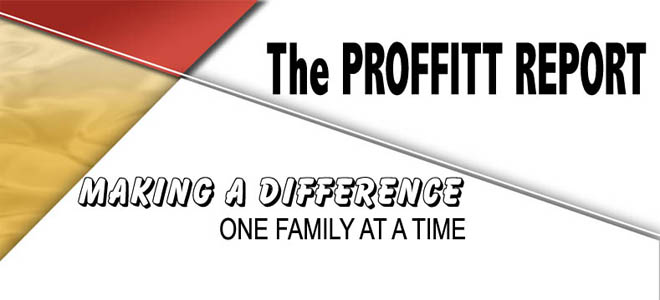Tuesday, May 18, 2010
The Truth about Foreclosure "Facts"
The goal of this blog is to create clarity from the confusion in today’s real estate market. We try to take complicated issues and break them down into simpler pieces, and then try to explain how the pieces fit together. There is no situation more difficult to dissect than the current foreclosure numbers.
Yet, understanding this issue is critically important. The number of distressed (discounted) properties entering the market will have a major impact on house values as we proceed through 2010.
Ascertaining an accurate forecast seems impossible at times however. Foreclosure reports consistently seem to be contradicting one another. Take this month’s RealtyTrac Foreclosure Report, which was released last week. The headline screamed “Foreclosure Activity Decreases 9% in April”. News sources and industry heads shouted this news from mountaintops. Things in the foreclosure sector are finally getting better they claimed.
Here at this blog we attempt to go past the headlines and look at the complete story.
It is true that one type of foreclosure activity did decrease:
During the month a total of 103,762 properties received default notices, a decrease of 12 percent from the previous month and a decrease of 27 percent from April 2009 — when default activity peaked at more than 142,000.
However, reading further in the report we find that:
Bank repossessions (REOs) hit a record monthly high for the report in April, with a total of 92,432 properties repossessed by lenders during the month — an increase of 1 percent from the previous month and an increase of 45 percent from April 2009.
The numbers of notices filed were down 27%, but the number of houses taken back by banks was up 45%. That doesn’t sound like such great news to us. And what is the reason notices are down? Could it be that the banks were concentrating their time and efforts repossessing the homes they had already foreclosed on? We already have reported that there are borrowers as much as two years in arrears on their mortgage payments that have yet to receive a foreclosure notice. CNBC reported on this exact point last week:
The fact that fewer loans are going into the pipeline should be our focus, and that’s a positive. That’s what I thought until I interviewed RealtyTrac’s Rick Sharga.
“People are sitting in their houses not paying their mortgages, and the banks are letting those delinquencies extend longer and longer periods of time before they put them in foreclosure,” Sharga told me.
That, he adds, is the main reason we’re seeing lower numbers of new defaults. The borrowers are in default, but the banks aren’t paying attention, so they don’t show up in the numbers.
Let’s take a closer look at all the pieces of the foreclosure pipeline that add up to our current situation:
Just because one element of the foreclosure process has slowed (in this case #2 – “Notices”) does not mean that the other three elements are not continuing on a fast pace.
What does this mean to you?
In order to pick the best option for you and your family, you need someone who truly understands the current housing environment. Find that person, and have them sit down with you and accurately define the market.
Subscribe to:
Post Comments (Atom)










No comments:
Post a Comment